John Gaston Fairey was born on November 17, 1930, in St. Matthews, South Carolina to Isabel Strait Fairey and Philip Washington Fairey. John was born into a family of amateur gardeners. His mother had John and his three older brothers working in the family garden every summer of his youth. John has recounted how there were a handful of families in the community that gardened as an entire family. After receiving his Bachelor of Arts at Erskine College in South Carolina in 1964, John continued his arts education with four years of training at the Pennsylvania Academy of Fine Arts. He later received a Master of Fine Arts at the University of Pennsylvania where he studied under American masters Barnet Newman, Robert Motherwell, Clyfford Still, and David Smith.
John made his way from Pennsylvania to Texas to begin a position teaching first year design in the Department of Architecture at Texas A&M University in College Station. John would become a Regents Professor of Architecture at the University, teaching there for 49 years. He received the Texas A&M Alumni Teaching Award and Honorable Mention for the AIA National Honors Teaching Award. He was promoted to Regents Professor for International Research in 2003, with an emphasis on plant exploration. John was a beloved professor who challenged his students to learn to think for themselves, earning life-long respect from his students and fellow faculty.
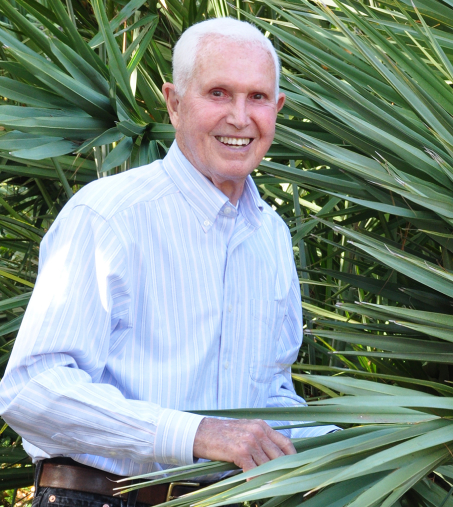
Having grown tired of the commute between his residence in Houston and College Station where he was teaching first year design in the School of Architecture at Texas A&M University, garden founder John Fairey purchased 7 acres of the current property in 1971 as a home. The site with its clear, spring-fed brook reminded John of “magical places” in South Carolina. Consistent with his self-deprecating wit, he named the property Peckerwood Garden. John immediately began planting magnolias, camelias, azaleas and other plants typical of gardens he was familiar with growing up. Then, in 1983, a tornado destroyed the high canopy of giant, old trees on the property. The devastation provided John the opportunity to explore new directions in the garden that better reflected his emerging ideas about space, and to investigate and experiment with new plant material.
John was joined in this pursuit by Carl Schoenfeld, and they started researching native plants and their Mexican and Asian counterparts in the garden. Renowned plantsman and native plant explorer, Lynn Lowrey, introduced John to his first Texas native plant. The constant pursuit of new plants for the garden design kept them aware of the need to evolve the garden continuously. With each addition and change, new problems arose to be solved, resulting in the evolution of the garden both visually and conceptually.
In 1988, five years after the tornado, John and Carl were invited by Lynn Lowrey to join him on a plant expedition trip to the Sierra Madre Oriental Mountains in northern Mexico to collect seeds and cuttings from rare and endangered plants. John wrote of the trip:
On this first expedition with Lynn we saw everything from high altitude cloud forest to desert. These four memorable days were an intense introduction to a whole new way of seeing. Searching for plants began early in the morning and often continued by flashlight until after ten at night. Lynn was a store-house of energy and hard earned knowledge, from decades of wide ranging travel through-out Mexico and Texas. He was a master of making the exhausting work of hunting for plants an exciting learning adventure, and his genuine enthusiasm for all living things will forever influence our thinking, and altered the future direction and growth of Peckerwood Garden.
John would eventually make over 100 plant expedition trips to diverse, remote regions of Mexico, striving to document and conserve a rapidly vanishing uncatalogued matrix of beautiful and uniquely diversified Mexican plants. Several new species were discovered on these trips including Yucca linearifolia, Mahonia sp. Novo ‘Peckerwoodensis’ and Magnolia tamaulipana. As a result, the living collection of Mexican plants is one of the defining collections of the Garden.
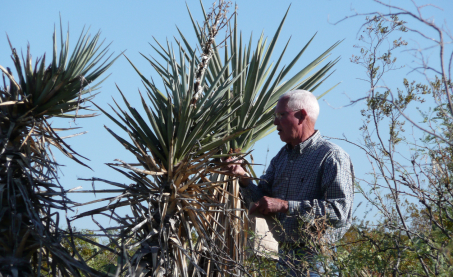
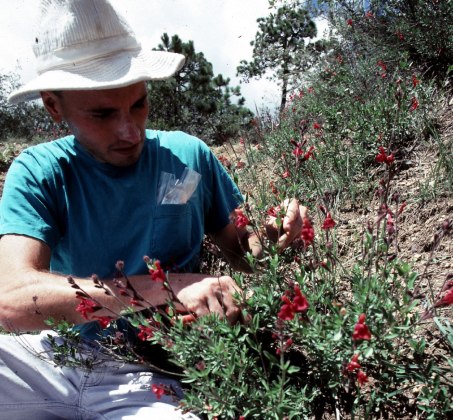
John saw his work in a context broader than botany. He wanted to provide a cultural bridge between Mexico and the United States and raise awareness on both sides of the border about the richness of this horticultural trove and the threat of its irrevocable loss due to overgrazing and other growing economic pressures. He felt strongly about conservation work and realized the best way to succeed in these efforts was to share plant material and information with other public institutions. Germplasm collected from these Mexican expeditions as well as the results of plant testing in the garden were shared with arboreta and interested plant societies. In the early 1990’s, Doctor J.C. Raulston, Director, North Carolina State Arboretum (now J.C. Raulston Arboretum) distributed in one year alone over 9,000 plants grown from seed that John shared with him. The best of these plants made their way into the nursery trade and private gardens.
In the early 1990’s, Doctor J.C. Raulston, Director, North Carolina State Arboretum (now J.C. Raulston Arboretum) distributed in one year alone over 9,000 plants grown from seed that John shared with him.
John’s understanding of the value of the Mexican plant exploration and his desire to share his work with a wider constituency motivated him to donate the garden to the public.
In 1998, the garden was named a preservation garden of the Garden Conservancy, whose mission is to preserve, share, and celebrate America’s gardens and diverse gardening traditions for the education and inspiration of the public. With their guidance and support, the Peckerwood Garden Conservation Foundation (now The John Fairey Garden Conservation Foundation) was formed to operate the garden for the public. Our mission: The John Fairey Garden Conservation Foundation was established to preserve, share, and advance the horticultural and artistic legacy of John Fairey.
“In this world of overemphasized technology in which values are often based on the superficial, gardens are a must for the public. They reacquaint us with the natural world, with our individual and shared past; they bring healing, literally and figuratively, to many of our ills.”
In 1996 John Fairey and Carl Schoenfeld were awarded the American Horticultural Award for their botanizing exhibitions to northeast Mexico. John was 2013 recipient of the Scott Medal and Award from Swarthmore College, Pennsylvania for his outstanding contribution to the science and art of gardening. In addition, in 2015, John received the American Horticultural Society’s highest honor, the Liberty Hyde Baily Award. The following year he received the Foundation for Landscape Studies Place Maker Award. And in May of 2020, John was scheduled to receive the American Garden Club’s Medalist Award.
More than 65 articles have been published about John, the Garden and the Mexican Folk Art Collection, including in the Houston Chronicle, the Financial Times of London, Martha Stewart Living, Horticulture, New York Times, and Arte de Mexico.
John passed away on March 17, 2020 after a brief illness. The Garden he left behind is a splendid legacy and tribute to an inspirational artist, plantsman, and gardener.
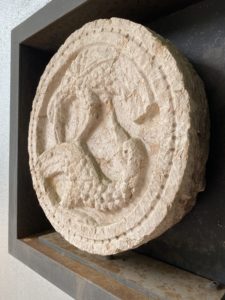
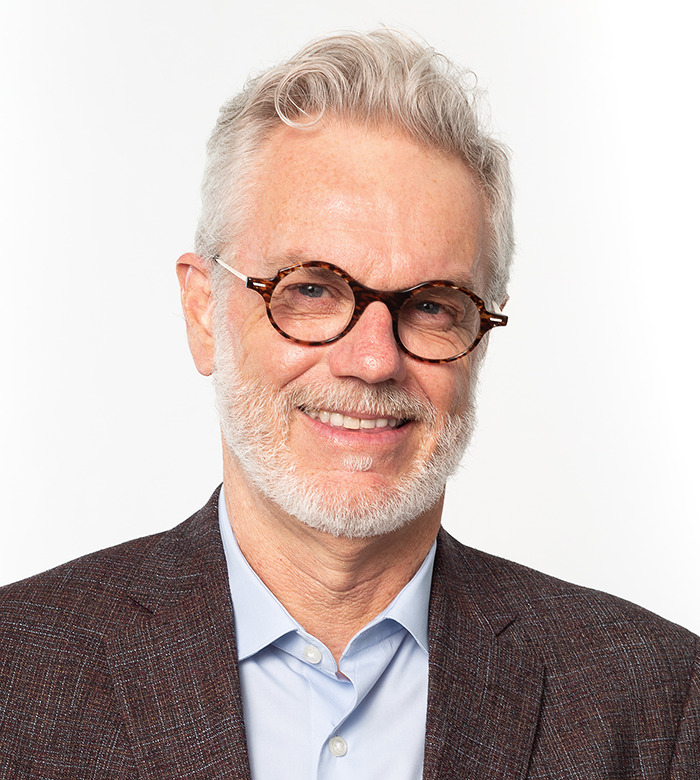
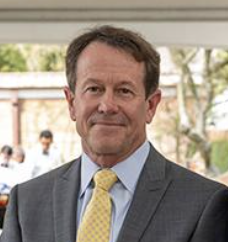
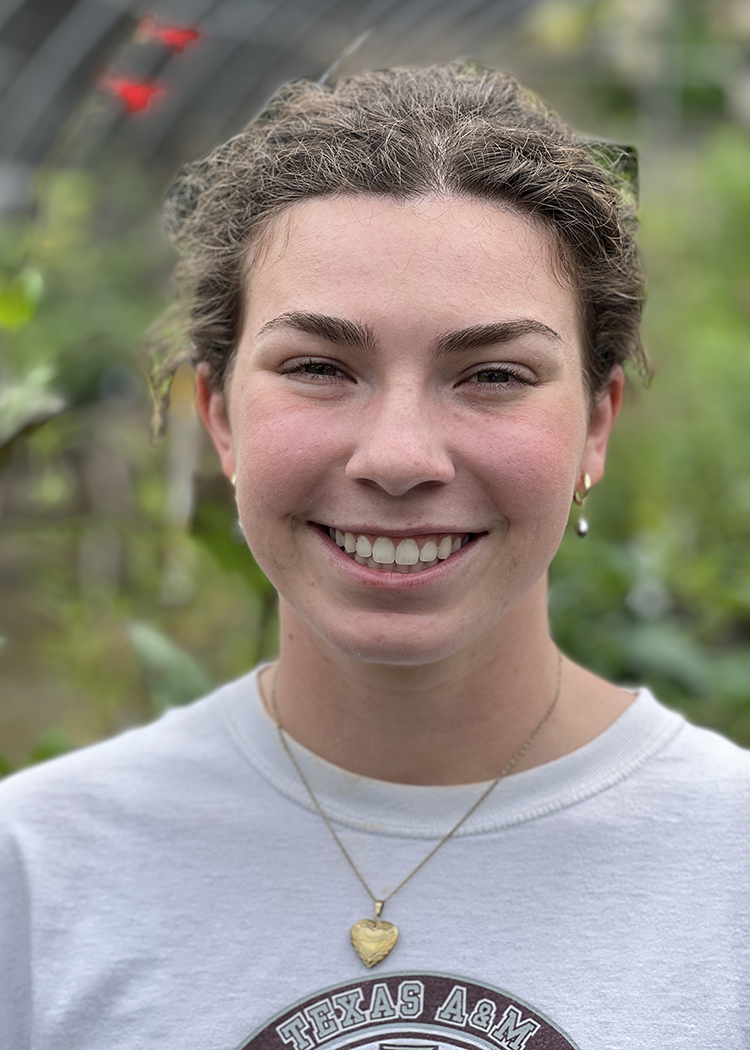
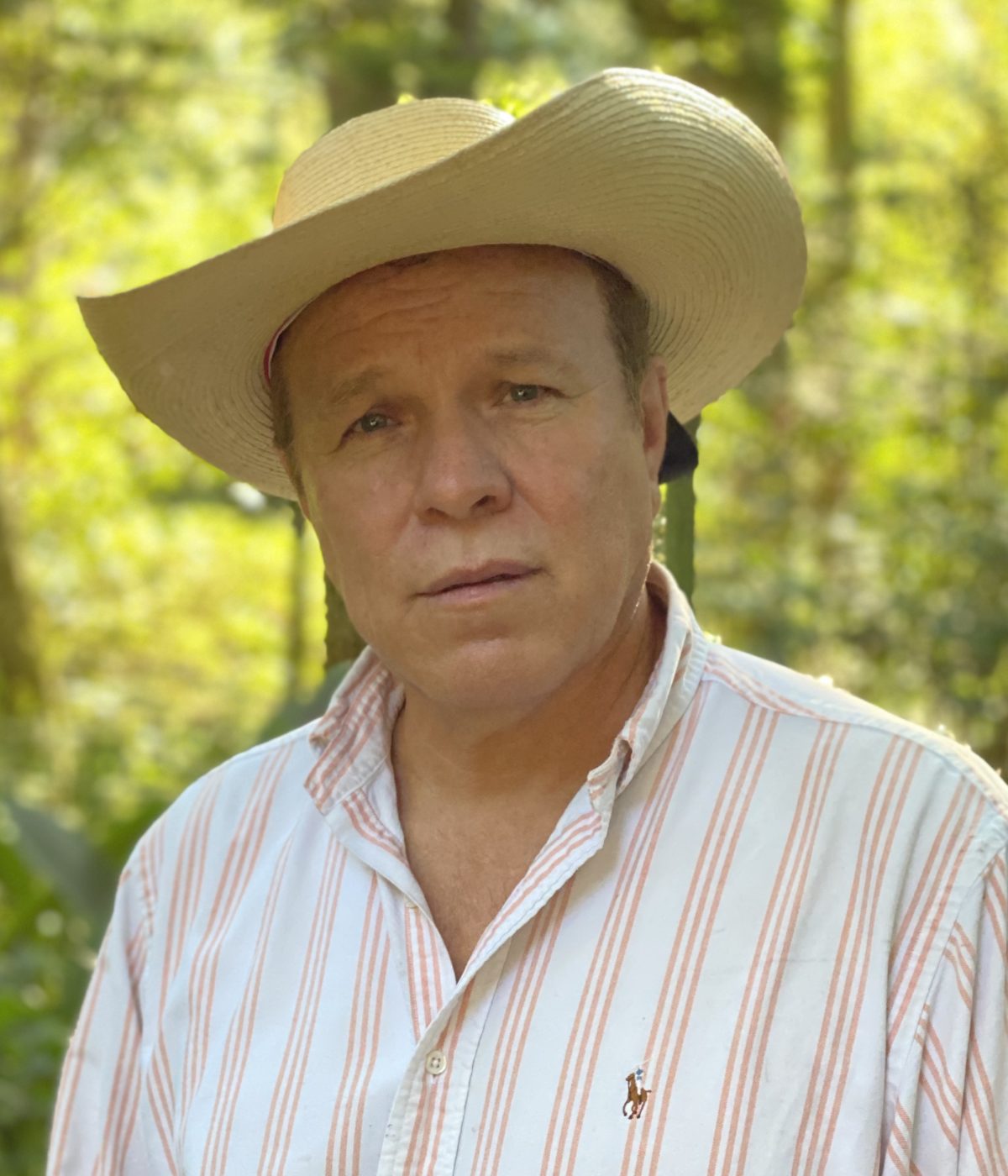
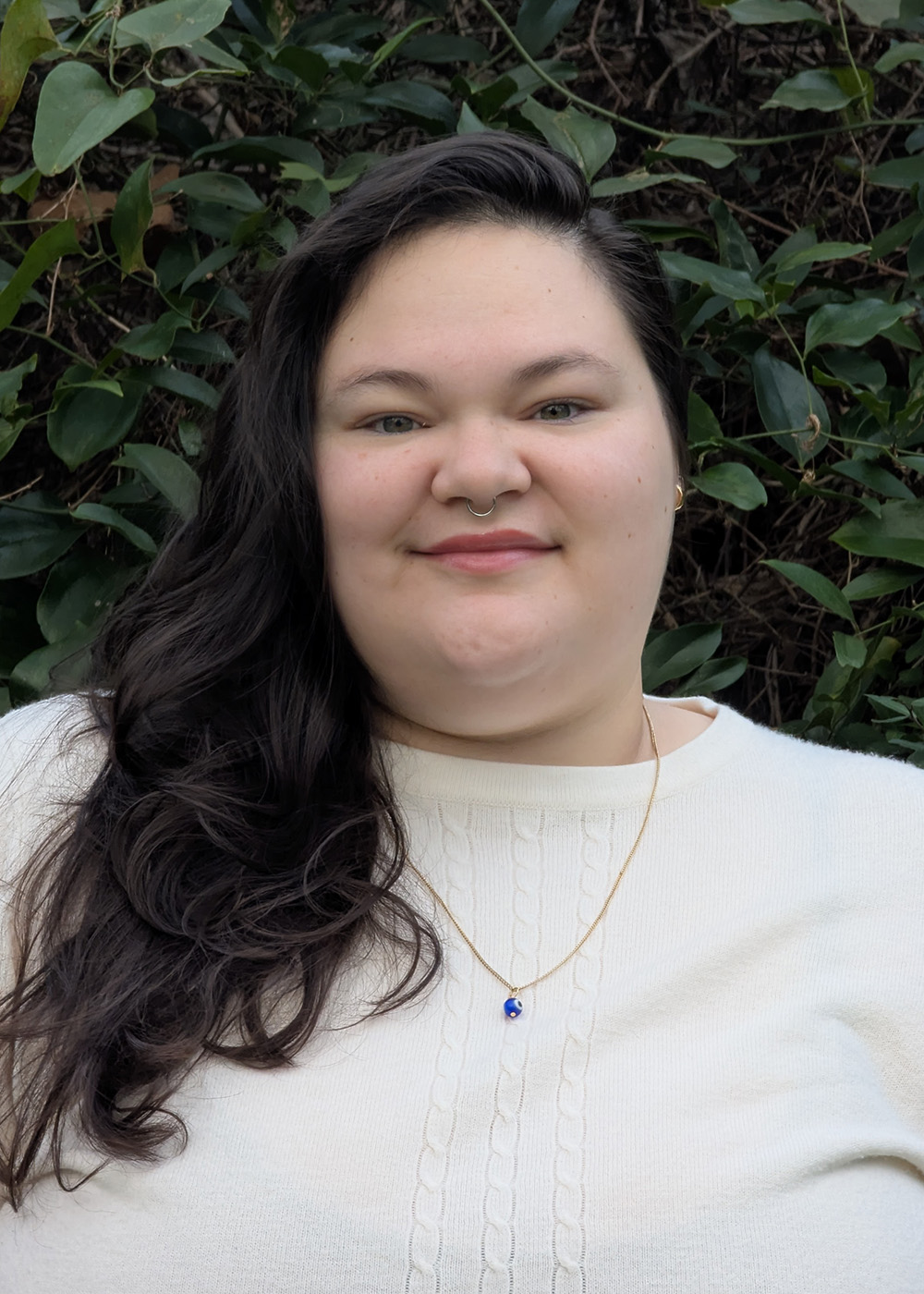
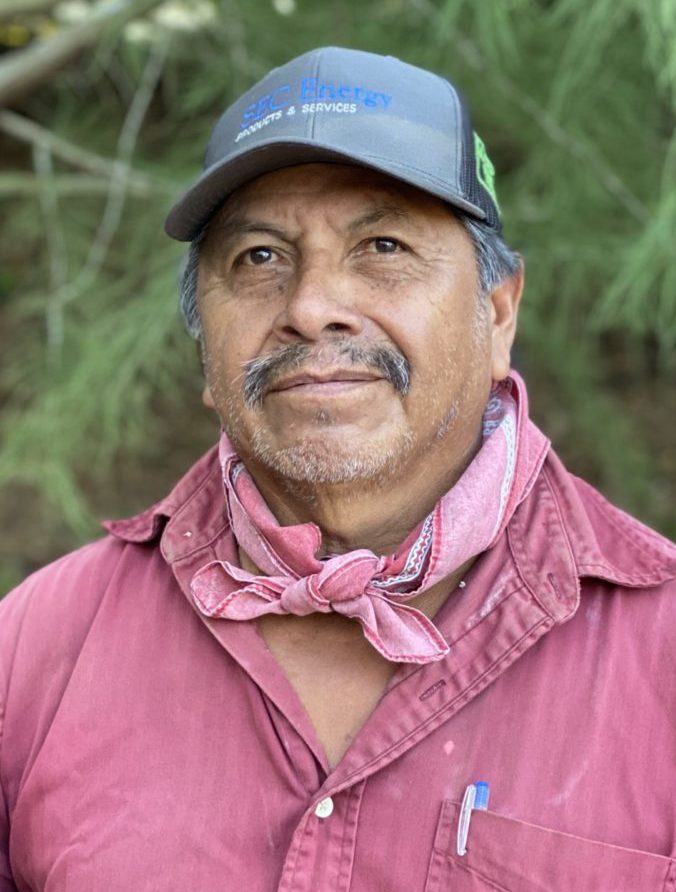
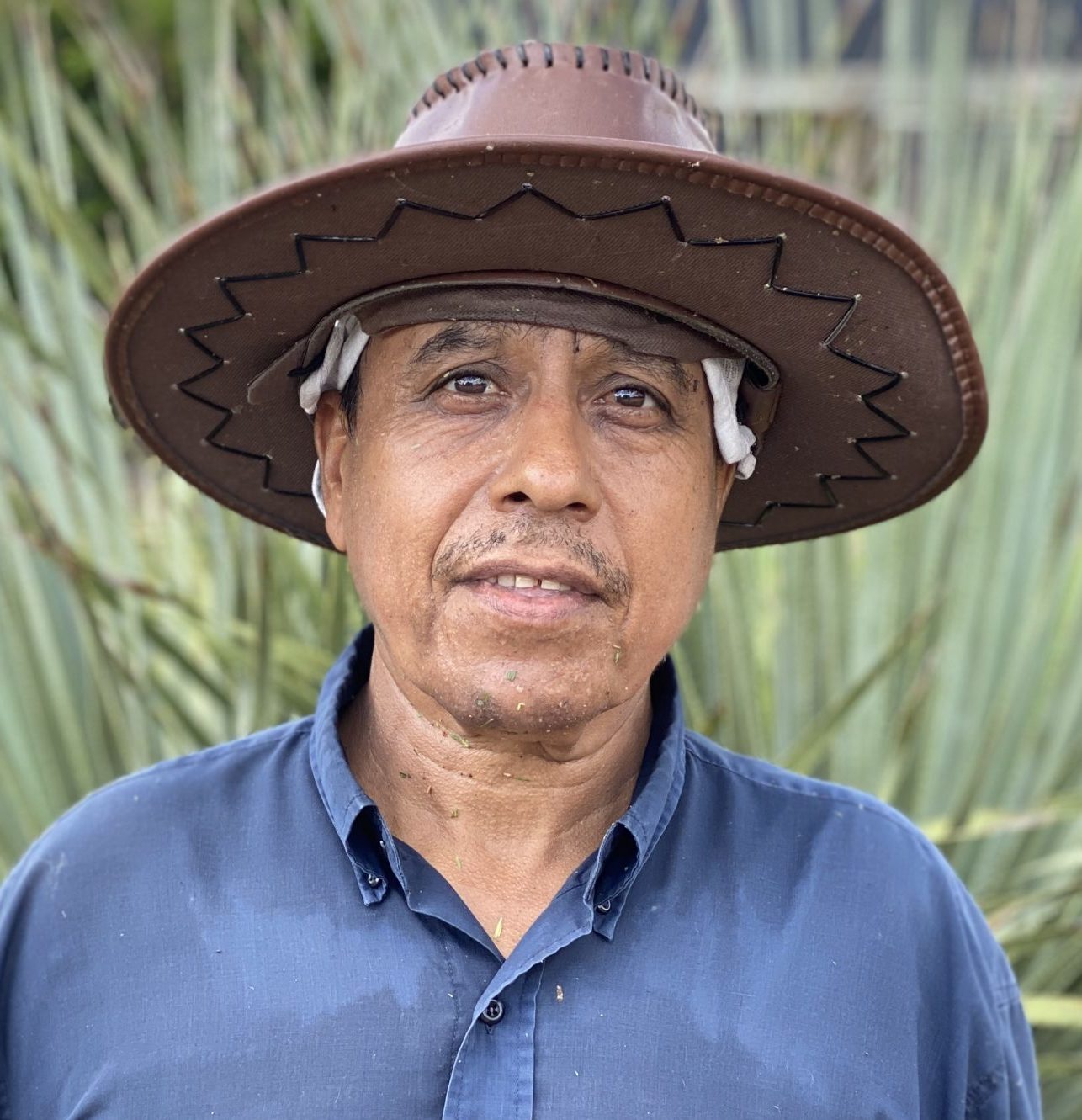
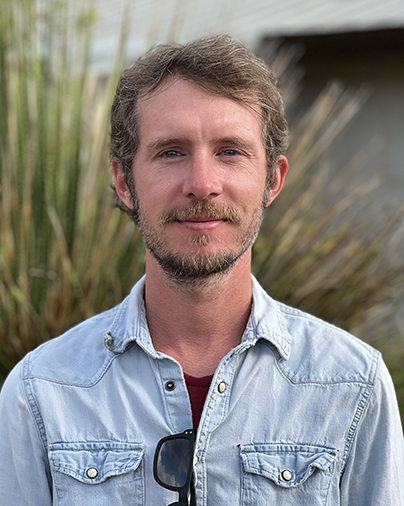
Mark McKinnon is a landscape architect and the founding principal of McKinnon Associates, a landscape architecture firm based in Houston, Texas. Mr. McKinnon is a native Houstonian, a lifelong part time resident of Galveston, and received a Bachelor of Science in Landscape Architecture from Texas A&M University in 1980. Mark became familiar with John Fairey and the garden while a student at Texas A&M. Mark writes and lectures extensively in the Houston area and has a deep involvement with the College Park Cemetery in Houston, as a landscape architect, President of the Board, volunteer organizer, fund raiser, and a decade-long sweat equity volunteer.
.
Tom McCasland is an attorney, real estate investor, and affordable housing professional. During his tenure as director of Houston’s Housing and Community Development Department, he leveraged over $1 billion in affordable multifamily development, formed the Houston Community Land Trust, and managed the nation’s fastest response to the eviction crisis caused by COVID-19. He previously served as the CEO of the Harris County Housing Authority, prioritizing homeless veterans, low-income seniors and working families living in poverty. While he has gardened since childhood, his passion for Texas native landscape developed from a prairie restoration project in Washington County that he oversees with his partner, Elena.
Jane Curtis is an experienced landscape architect who was most recently the Director of Horticulture, Hermann Park Conservancy. Previously, she worked as a landscape architect on various commercial and residential projects, including landscape renovation and historical research for the Menil House, Houston. Ms. Curtis has worked in Washington, D.C., Montana, and Virginia before moving to Texas. She has lectured widely and published articles in magazines and journals, including the article,”Fairey’s Garden: A Botanical Wonder Takes Root in Hempstead,” for Cite, The Architecture and Design Review of Houston, in 2000. Ms. Curtis has a BA in American Studies from Yale, and a MLA with honors from the University of Virginia. She is a member of the American Society of Landscape Architects and serves on various other boards.
Ann Thompson has spent most of her professional life as an educator and non-profit leader. She
was president and CEO of Project GRAD Houston for 16 years, and served in leadership
positions with the organization since 1997. Before retiring, she completed the successful merger
of Project GRAD with a larger community-based organization, resulting in strengthened capacity
for expanded reach. She has provided leadership consulting to school district and non-profit
organizations across the U.S., supporting their collaborative efforts at the community level.
Dr. Thompson is an adjunct professor for the University of Houston Clear Lake, and has held
adjunct positions at the University of Houston, University of Houston-Downtown, and
University of St. Thomas. She holds a doctoral degree from the University of Houston, master’s
and bachelor’s degrees from the University of St. Thomas. Her research has focused on the
impact of community-based efforts to improve educational attainment for youth from
communities of low-income.
She is a fourth generation Houstonian and avid gardener.
Antonia Adezio is a non-profit leader with a specialty in the development and stewardship of small cultural organizations and public gardens. She served as Executive Director of the Marin Art and Garden Center in Ross, California from 2015-2023, creating new public programs in the
arts and gardens and developing a master plan for the renovation of this beloved 11-acre site, which is now listed on the National Register of Historic Places. Antonia was the founding President and Executive Director of the Garden Conservancy, a national organization formed in 1989 to identify and preserve America’s exceptional gardens.
Antonia served as chair of the Peckerwood Garden Conservation Foundation in 2013 and taking on the role of Acting Executive Director in 2014-15, completing the process of the property’s ownership transfer to the Foundation and helping lay the groundwork for asuccessful new public garden.
Adele Bentsen received a BS in Interior Design with a Minor in Photography from Purdue University. She was an interior designer at Brown and Root and later a Partner at Gensler and Associates in their Interior Design practice. She has served as the President of The Garden Club of Houston, 2nd Vice President, and Prior-President. She has also volunteered for The Kinkaid School, the Children’s Defense Fund, River Oaks Country Club Beautification Committee and the Community Contributions Committee at The Garden Club of Houston.
Satara Henry is the Environmental Director for Daikin, where she has led the implementation and execution of award-winning sustainability programs at Daikin Texas Technology Park and several other sites. She earned her Chemical Engineering degree from Drexel University and is a Certified Hazardous Material Manager. Mrs. Henry has over 25 years of industrial environmental, health and safety experience. She is most passionate when teaching elementary and high school students about the importance of biodiversity, impacts of climate change and conservation.
David Klein is a fifth-generation Texan who lives on the original 150-year Klein family farm certified by Governor Rick Perry as a Historical Heritage Farm. He graduated with three degrees from Rice University and is a CPA, real estate broker, appraiser, and commercial developer.
He has served on the Board of Klein Bank, Boy Scouts of America, The Mercer (botanic garden) Society, and the Mercer Endowment Fund. Mr. Klein has his own private botanical garden at his home which has over 3500 different species of rare and exotic plants from around the world. David and his wife, Mary, have twins, Shannon and Dawson.
Eric Mullens is the Chief Administrative Office for Hempstead Independent School District. Mr. Mullens holds a Bachelor’s degree in Education from Southern A&M University and a Master’s Degree from The University of Houston-Victoria in Education Administration. Mr. Mullens has served in the Texas School Systems for over 21 years as a teacher, assistant principal, principal and director. Mr. Mullens is passionate about educating our youth and helping students bridge their future to careers after high school including college, trade school, military or the workforce.
Isaac Stein, ASLA, RA
Isaac Stein is a landscape architect originally from the Florida Panhandle. He is the design principal of Dept., a landscape architecture and urban design studio based in Houston, where he leads projects at various scales, from the garden to the bayou. Prior to founding Dept., Isaac worked for West 8 in New York and Rotterdam. Isaac holds a Bachelor of Architecture degree from the University of Miami where he was awarded the AIA Alpha Ro Chi Medal. He also holds a Master of Landscape Architecture and Master of Design Studies in Risk and Resilience from Harvard Graduate School of Design where he received the ASLA Certificate of Merit.
Ron Stricklin joined Curtis and Windham Architects in 2018, and leads the Landscape Architecture Department. He graduated from Texas Tech University with a Bachelor of Landscape Architecture and a Bachelor of Science in Horticulture. He has planned landscapes for civic, park & recreation, retail, institutional, healthcare, hospitality, and educational clients – as well as numerous residences. Ron is a registered landscape architect with T.B.A.E and CLARB, and a member of the Institute of Classical Architecture and Art.
Maggie Tsang, ASLA, RA
Maggie Tsang is an assistant professor at Rice School of Architecture and managing principal of Dept., a landscape architecture and urban design studio based in Houston. Her research and practice focus on the relationship between landscape, infrastructure, and ecology. She is currently managing a 10,000-square-foot test garden on Rice campus called Prairie Plots and an interdisciplinary research project on community-oriented stormwater infrastructure. Prior to Maggie holds a Bachelor of Arts and Master of Architecture from Yale University and a Master of Design Studies in Urbanism, Landscape, and Ecology from Harvard Graduate School of Design.
Wally Wilkins earned a Chemical Engineering degree from Arizona State University in 1985 and worked for more than 30 years in the energy industry leading a variety of research and manufacturing organizations for Shell Oil Co. After retiring from Shell, he returned to school, earning a Bachelors in Horticulture from Texas A&M University. Wally has a long history with the garden as a visitor, volunteer and docent.
Susan Young is widely traveled community and deeply experienced activist for neighborhoods, arts and culture, and civil rights and civic engagement. She has years of experience in public transportation and public finance, and served for twenty years as the President and CEO of the South Main Alliance, a neighborhood organization advocating for more than fifty member institutions including the Texas Medical Center. In addition to serving on the board of The John Fairey Garden Conservation Foundation, Ms. Young is Board President of Sister Cities of Houston. Previously she has served on nine non-profit boards.